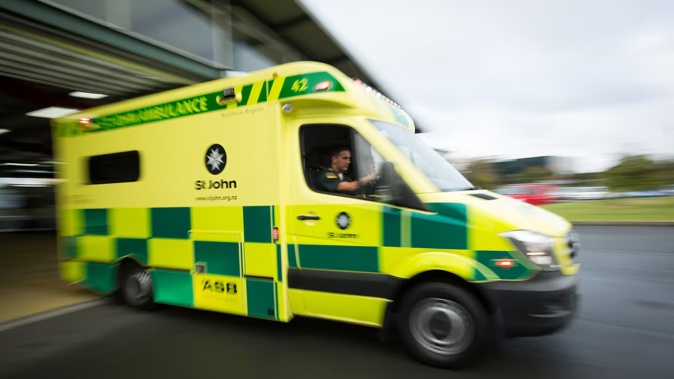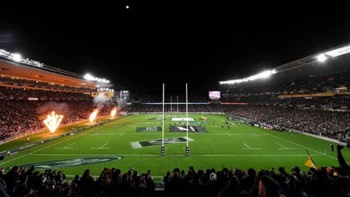
By RNZ
St John will only have 70% of its usual number of ambulances on the road during peak periods of strike action by ambulance workers.
New Zealand Ambulance Association (NZAA) and First Union members will withdraw labour for four hours from the start of each of their shifts, commencing at 4am on Tuesday and concluding at 4am Wednesday. They will repeat the action from 4am on Saturday until 4am on Sunday.
In a statement, the NZAA wrote that the St John offer to workers last Thursday fell well short of what the unions considered acceptable.
“We have communicated to St John we will meet face-to-face any time and anywhere prior to the strike action to try and move forward since they have found some funding from Health New Zealand.”
“One of their requirements was the removal of all industrial actions. We were reluctant to do this unless there was something more positive and likely to be acceptable to our members in the current environment. St John has refused at this point in time, which was disappointing for both unions.”
St John’s deputy chief executive of ambulance operations, Dan Ohs, said about three-quarters of ambulance and call centre staff started their shifts at 6am or 6pm.
“And so the times when it’s going to be most challenging for us are definitely going to be between 6 and 10 in the morning, and 6 and 10 at night – noting that it will continue to be challenging after that because non-threatening events from earlier in the morning or the evening will still need to be attended to after the strike finishes.”
People should continue to call 111 in emergency situations, he said.
“In agreement with our union partners, we’ve agreed a minimum level of resource that Hato Hone St John will provide.
“In those peak periods of the strike, 70% of the usual number of ambulances will be available.
“Those ambulances will be reserved and responding to life-threatening incidents only. About 50% of our incidents would normally be classed as life-threatening. So we will have 70% of our ambulances to respond to about 50% of incidents.”
Ohs said if people had a non-threatening incident during the strike action, they should phone their GP or Healthline in the first instance.
“After those peak periods, we will be largely back to our usual capacity, and we’ll have some extra ambulances later in the morning to help cover those incidents that we’ve not been able to get to.”
Like other essential health services, ambulance services are covered by the Life Preserving Services framework, which requires ambulance providers and unions to work constructively to maintain core services that prevent a serious threat to life or permanent disability during strike action.
“To maintain a safe level of service, union members will return to work to cover gaps that we have been unable to cover by non-striking ambulance personnel. Both First and NZAA Unions have worked with us to ensure this occurs.”
Ohs said St John had been bargaining with the unions since the beginning of this year, following the Ambulance Operations Multi-Union Collective Agreement expiring last November.
He said it had been working with Health New Zealand and ACC to secure additional funding to resolve outstanding bargaining claims.
“We have made two separate offers that have attempted to pass on available funding, but to date, these have fallen short of union expectations.”
Take your Radio, Podcasts and Music with you








